HOW TO CHOOSE A SANDER: BUYERS GUIDE
Let’s take the mystery out of knowing how to choose a sander for your next DIY project and introduce you to a few of our favourites.
As you’ve probably seen, there’s a big range of sanders to choose from within your local Bunnings. For every project, there’s a sander that can help complete the task. Each sander will offer some unique functions for tackling different shapes, materials and sizes of projects. Let’s get started to help you make your choice!

Welcome back to another episode of ‘DIY with Andy & Candy’. We’re so glad you’re here! In our latest video we’re talking all things sanders – which one is which, when to use them and some other handy tips as well.
We have a sander to suit every project you can think of, from fine detail sanding right through to extreme heavy duty tasks. Let’s go through what kind of work they can do and then you can decide which one is right for you.
ORBITAL SANDERS
First up, our Orbital Sanders. These come in many shapes and sizes. The base plate moves in an orbital action with each grain of sand on the sandpaper doing little circles on your project surface. They’re great for smoothing and evening out your material.
A Detail Sander has a triangular base so it’s great for sanding in tight spaces and around corners. You’ll get the best finish when you move the sander with the grain of the wood.
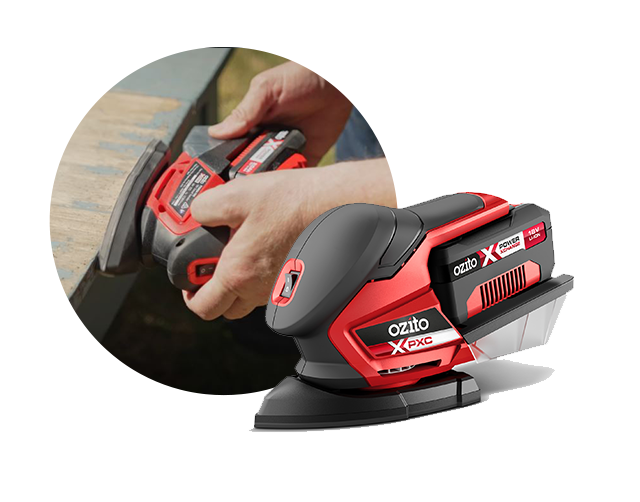
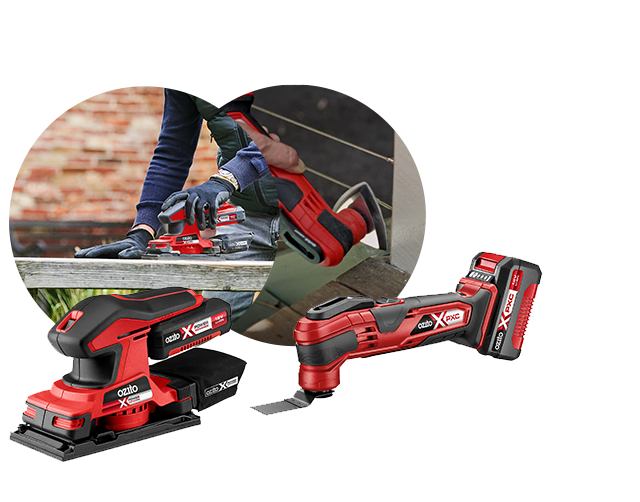
Our Multifunction Tool sander is perfect for getting into corners and is an oscillating sander. It’s a handy tool to have as they can remove quite a bit of material from your work surface.
Another shape of orbital sander is the 1/3 Sheet Sander. With its straight, rectangular base this one is perfect for sanding flush against timber edges. Use this to smooth cabinetry before painting, refinish a bench for staining or refresh a side table.
RANDOM ORBITAL SANDERS
A Random Orbital Sander is one of the best all-rounders for your tool kit! It’s similar to the orbital sander but has the added bonus of an off-set rotation on base. This means that every grain of sand moves in a little spiral motion, leaving you with a smoother, streak-free finish.
Tool Tip: Change the paper and speed on the tool to achieve faster material removal as well as that smooth finish you’re after.
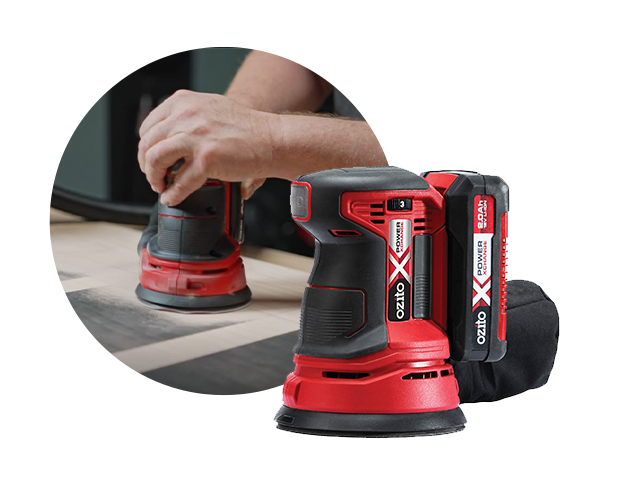
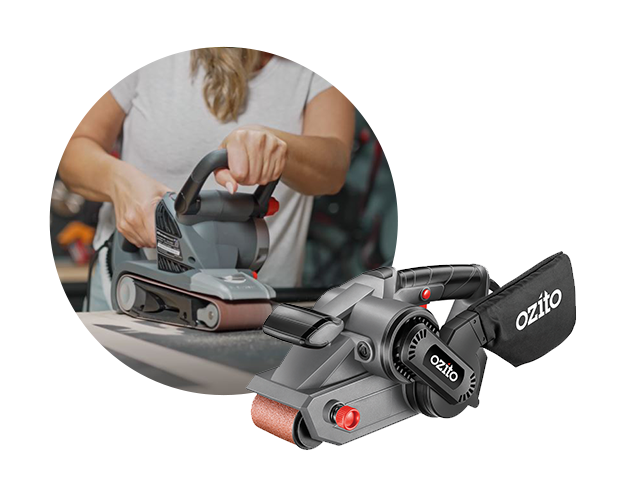
BELT SANDERS
For heavy duty sanding, belt sanders are the way to go. A Belt Sander is designed to strip and remove a lot of material fast and is definitely not for finishing – think sanding floorboards or furniture with lots of imperfections or dents.
Tool Tip: Keep this one on a nice flat surface and be ready for it when it starts up as it will feel like it’s trying to run away from you in the direction of the belt. Make sure you have the right stance and have a firm grip on this one.
SPECIALTY SANDERS
Next up, we’ve got the specialty sanders. The Drywall Sander is designed to sand down plasterboard to a fine finish. What makes this one unique is it has the ability to keep that super fine plasterboard dust away from the moving parts of the motor, as motors don’t really like this dust. This is the go-to tool for sanding down all those household walls.
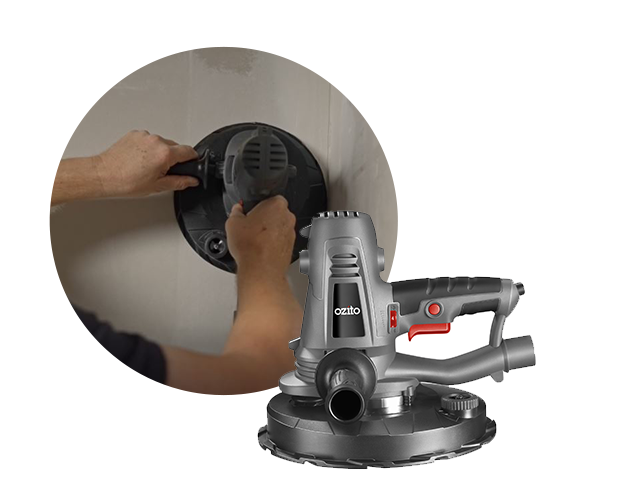
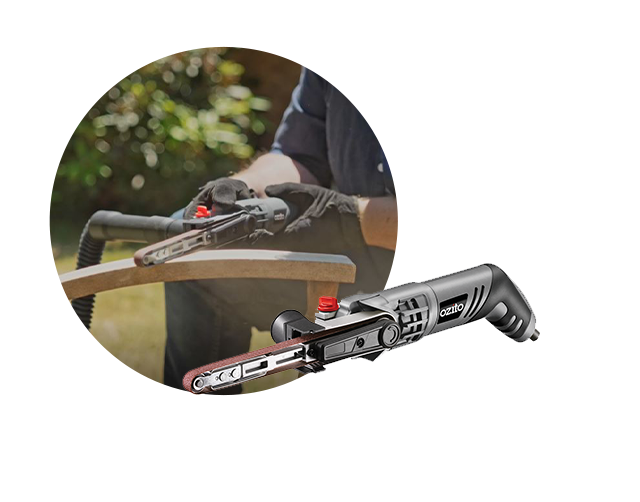
For harder to reach heavy duty stripping, for example if you’re restoring dining chairs or have a piece of timber with tricky shapes, a File Sander is best. The true craftsmen looking to shape their creations or those who need to clean up rough bandsaw or jigsaw cuts, the Mini Bench Disc Sander is ideal. Featuring an adjustable work table and a handy mitre guide.
Also, the Rotary Tool Kit comes with 190 accessories and is perfect for intricate engraving, polishing, grinding, cutting, cleaning, sanding, carving and drilling!
Tool Tip: Pair this up with the flexible shaft for greater control and precision.
Get creative! Did you know that there’s even a bit that can turn your trusty drill into a sander, or even your angle grinder can be an aggressive sander by just adding a flap disc.

